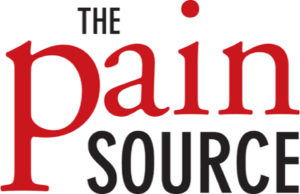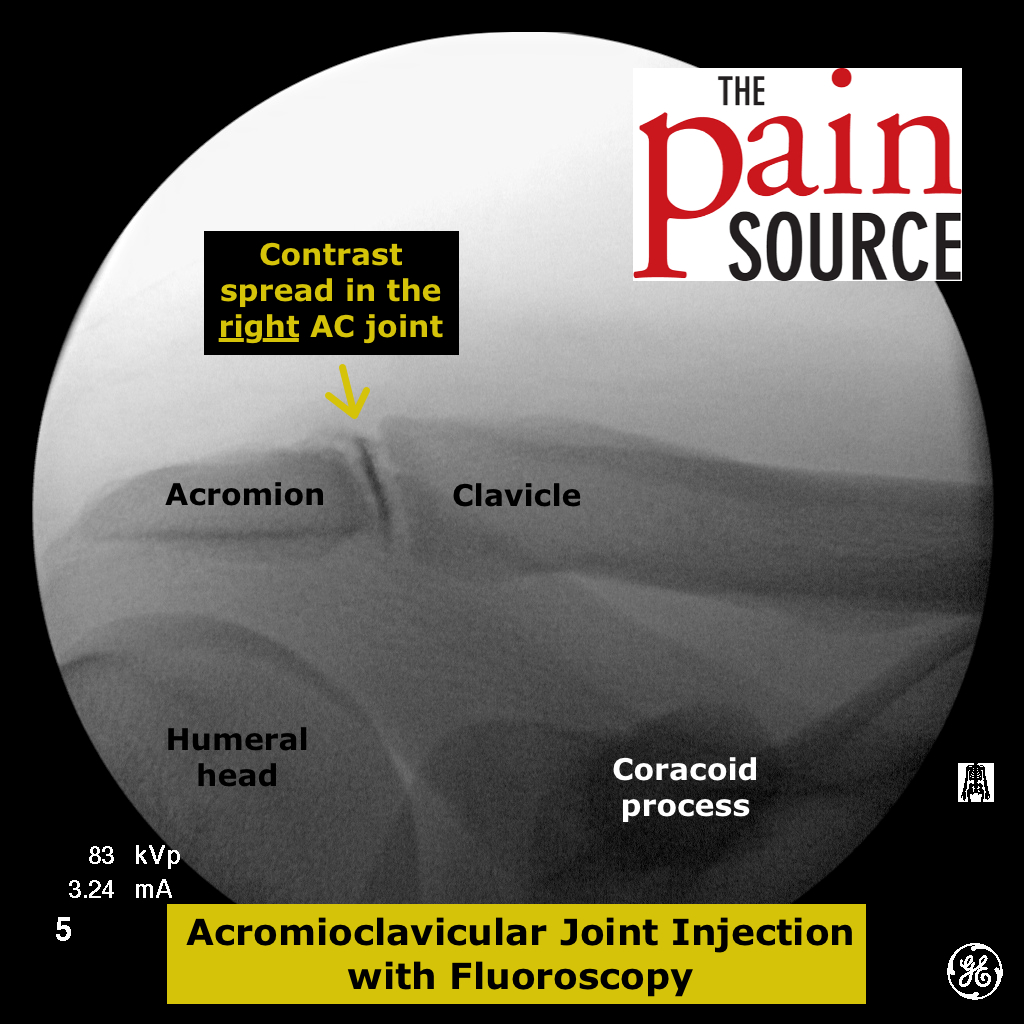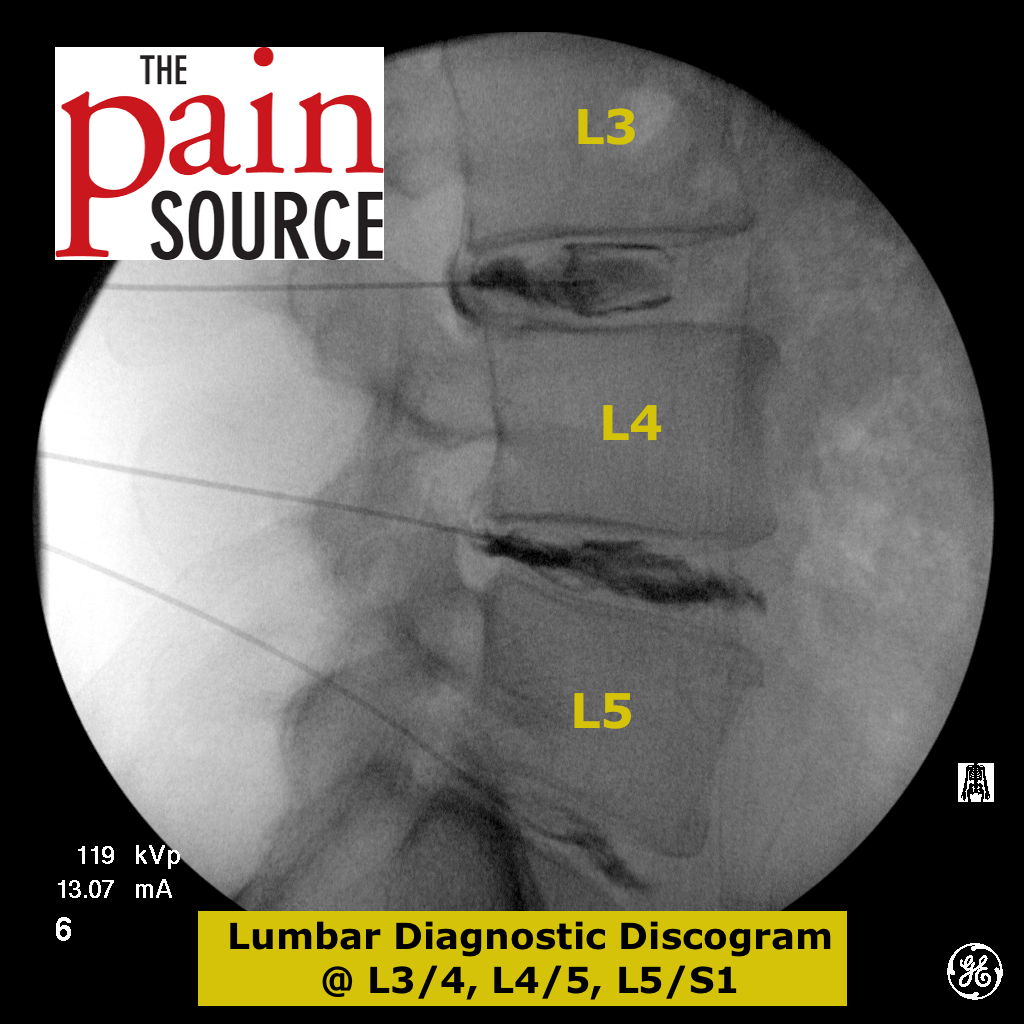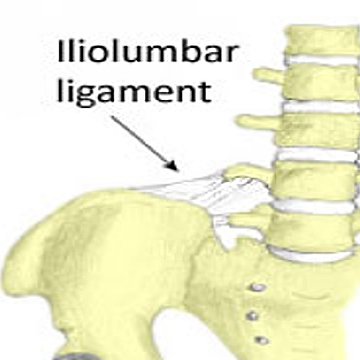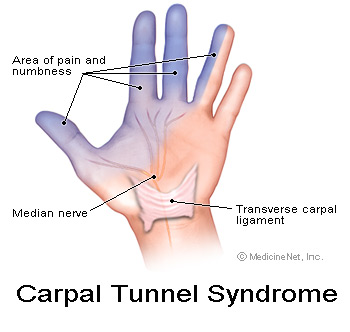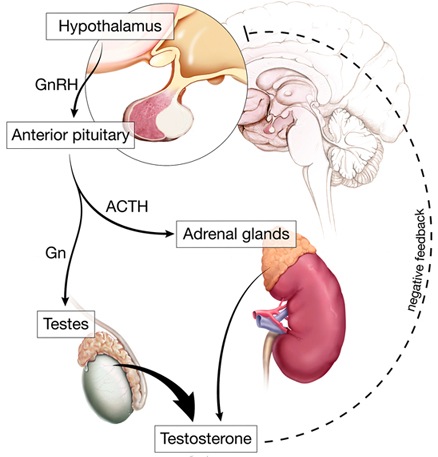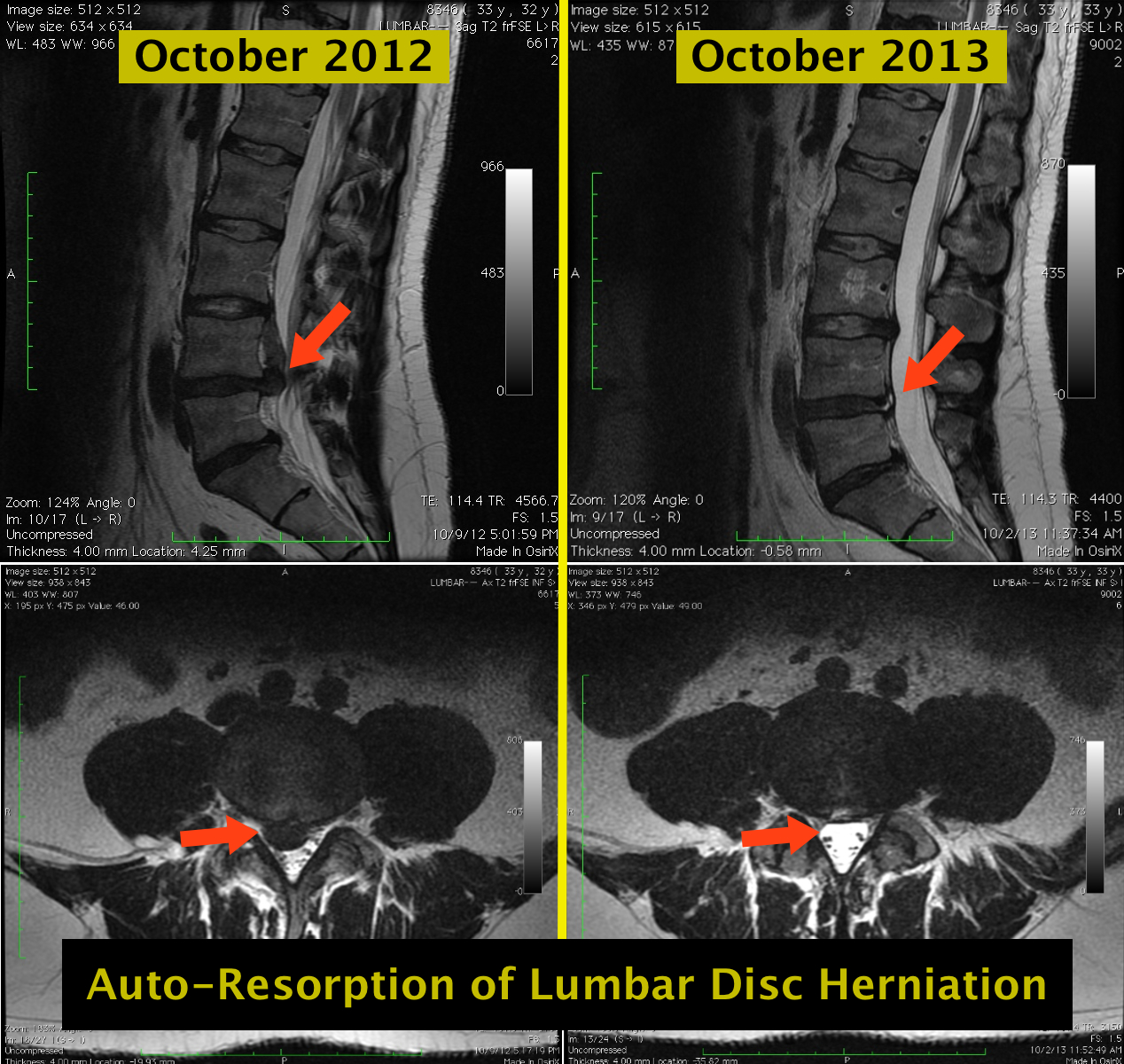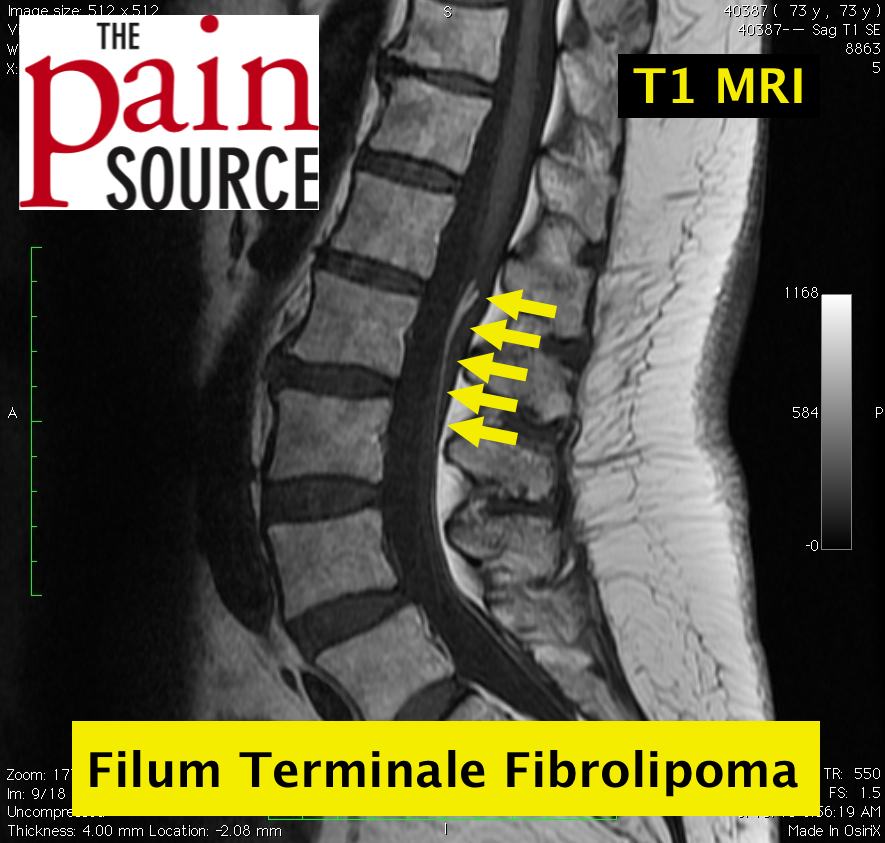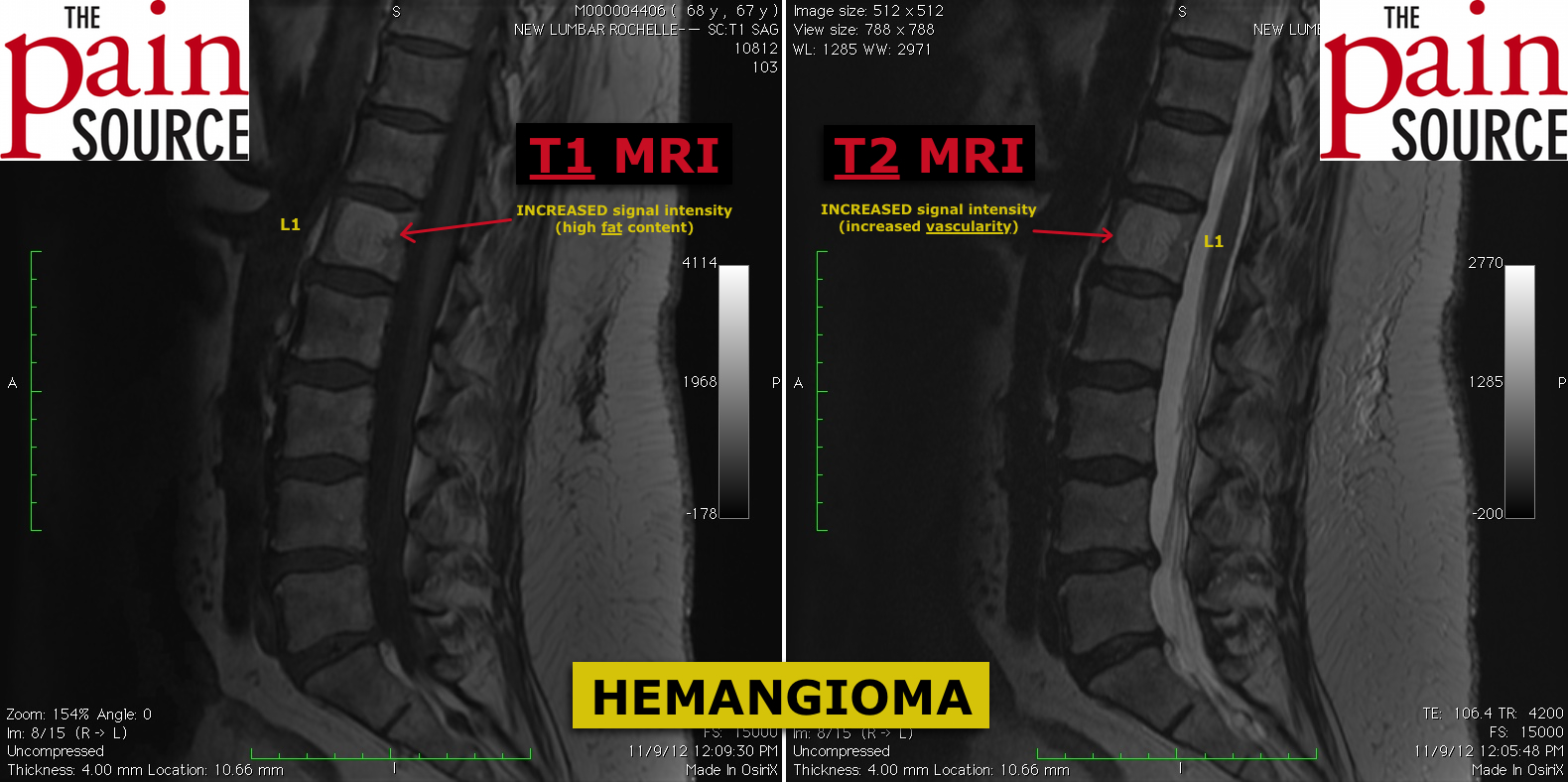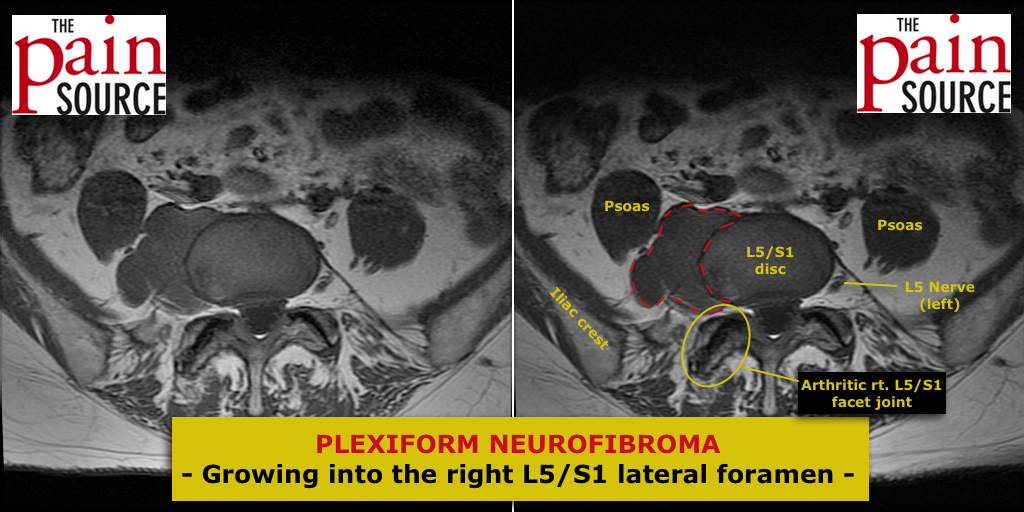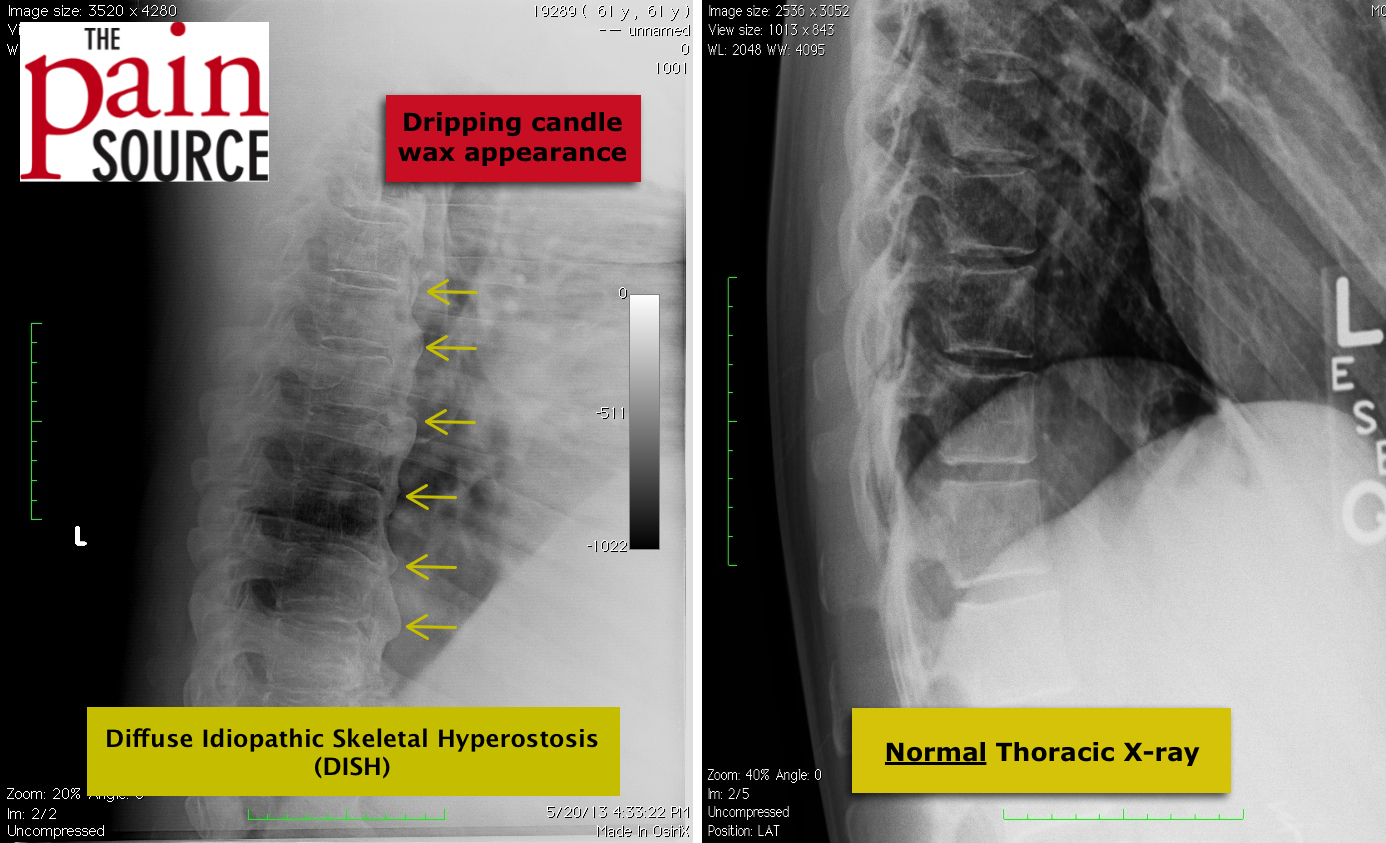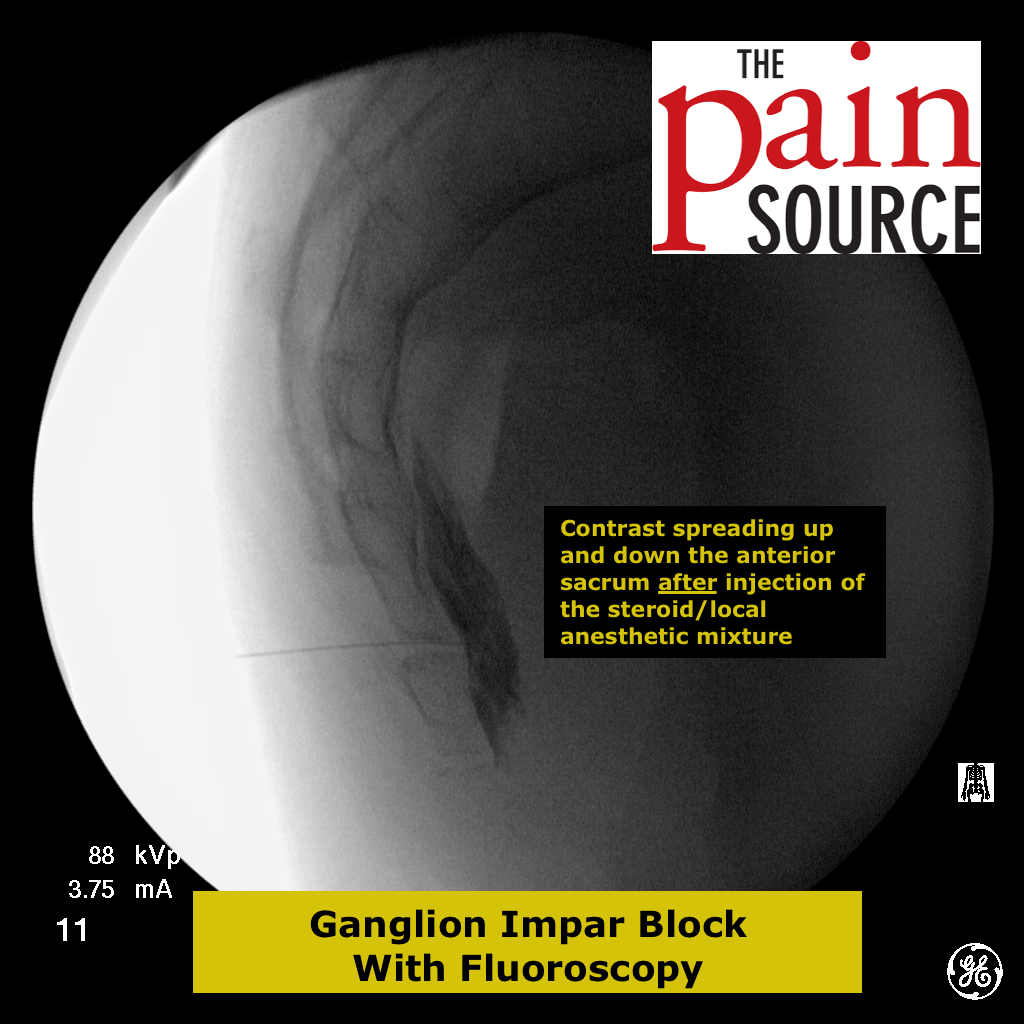** click the blue article titles below for the abstracts
note: recent additions will be added to the top of the list
12 – Intrathecal hydromorphone for intractable nonmalignant pain: a retrospective study
- Pain Med. 2006 Jan-Feb;7(1):10-5.
- Retrospective review of 24 patients using intrathecal hydromorphone as a solo analgesic
- Average pain scores decreased significantly
- J Palliat Med. 2005 Aug;8(4):736-42.
- Randomized clinical trial (30 patients) to evaluate whether IDDS could help the most refractory patients failed by expert CMM
- Pain scores reduced by 27%
- Survival time of 3 months may be long enough for the IDDS implant to be cost effective.
- Patients with refractory cancer pain, whom failed expert comprehensive medical management with high-dose opioids, derived benefit from IDDS.
10 – Pain management, including intrathecal pumps
- Curr Pain Headache Rep. 2005 Aug;9(4):243-8.
- Review
- Randomized trial of 202 patients with pain scores of 7.5 or higher.
- IDDS vs CMM: Pain scores reduced = 52% vs 39%; Drug toxicity scores reduced = 50% vs 17%; IDDS patients lived longer
- Randomized trial of 30 patients
- IDDS in patients who failed CMM: Pain scores reduced = 27%
- Pain Med. 2004 Mar;5(1):6-13.
- 166 patients trialed; 136 patients implanted
- Pain scores reduced: 47% for low back pain; 31% for leg pain [at 12 months]
- Oswestry scores reduced at least one level in 65% of patients [at 12 months]
- Satisfaction: 85%
8 – Management of chronic intractable angina – spinal opioids offer an alternative therapy
- Pain. 2003 Mar;102(1-2):163-6.
- 7 patients who failed prior cardiac surgeries
- Bolus doses of either morphine or fentanyl into either the epidural (2) or intrathecal (5) spaces
- Viable alternative for patients who have failed traditional management
7 – Successful treatment of restless legs syndrome with an implanted pump for intrathecal drug delivery
- Acta Anaesthesiol Scand. 2002 Jan;46(1):114-7.
- 2 patients who failed conventional care with dopaminergic drugs
- Intrathecal delivery of morphine and bupivacaine
- Total resolution of all symptoms with few side effects
6 – Managing chronic nonmalignant pain with continuous intrathecal morphine
- J Neurosci Nurs. 1998 Aug;30(4):233-9, 243-4.
- 12 patients followed for one year
- Pain relief of 42% (on the McGill pain questionnaire)
- Subjective improvement in ADLs. One patient returned to work.
- Complications of implantation occurred in 33.3% of the patients and were successfully managed without discontinuing therapy.
5 – Intrathecal morphine pump as a treatment option in chronic pain of nonmalignant origin
- Surg Neurol. 1998 Jan;49(1):92-8; discussion 98-9.
- 11 patients with either failed back syndrome (9) or neuropathic pain (2) of other causes
- Up to 3-year follow-up
- Good to excellent pain relief in 73%
- Two patients experienced bladder dysfunction requiring pump removal.
- Clin Ther. 1997 Jan-Feb;19(1):96-112; discussion 84-5.
- Even taking the cost of complications and pump replacement into consideration, intrathecal morphine therapy appears to be cost-effective when compared with medical management for selected patients when the duration of therapy exceeds 12 to 22 months.
- Ned Tijdschr Geneeskd. 1996 Jul 6;140(27):1410-2.
- Case report of a patient with severe pain from chronic pancreatitis (patient had failed numerous medical and surgical therapies)
- Adequate pain relief was achieved with intrathecal morphine and bupivacaine
2 – Intrathecal infusion systems for treatment of chronic low back and leg pain of noncancer origin
- South Med J. 1996 Mar;89(3):295-300.
- 26 patients with an average follow-up of 23 months
- Pain relief (good to excellent) in 77%
- Daily functioning increased 50%
- 9 catheter complications
1 – Long term treatment of intractable reflex sympathetic dystrophy with intrathecal morphine
- Can J Neurol Sci. 1995 May;22(2):153-9.
- 2 patients with intractable leg pain, swelling and autonomic changes after a leg injury. Failed medical and surgical options (sympathectomies)
- Relatively satisfactory symptom control. Temporary increases in morphine dose was used for exacerbations.
